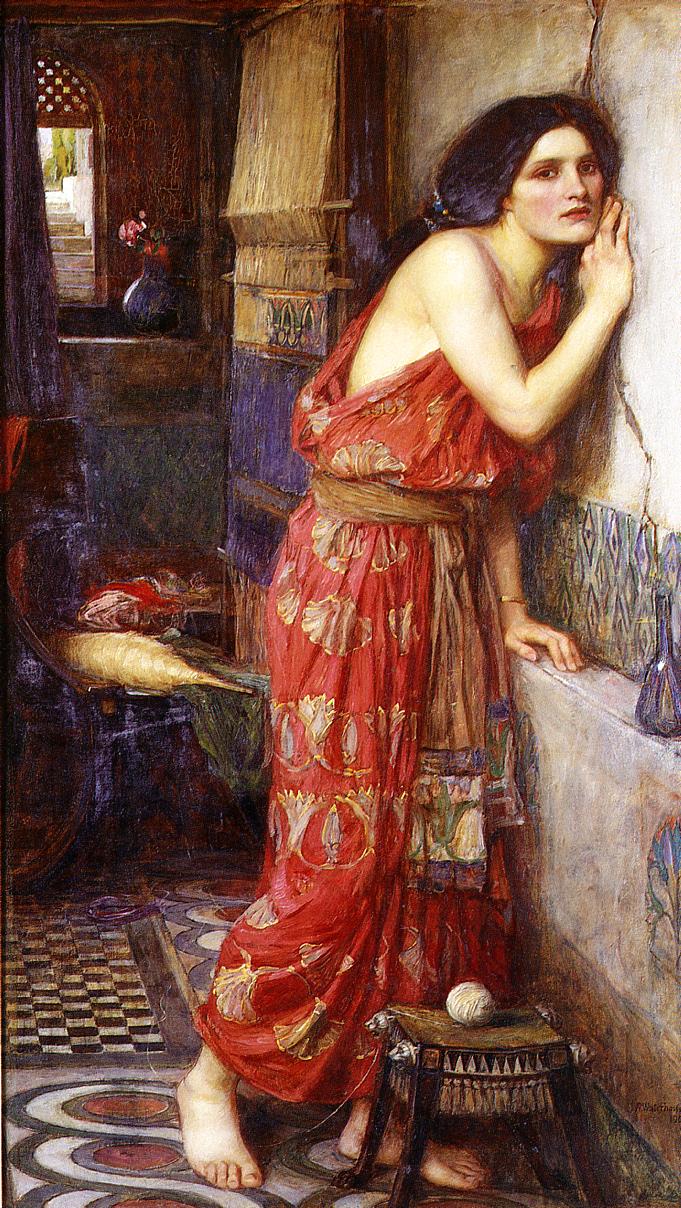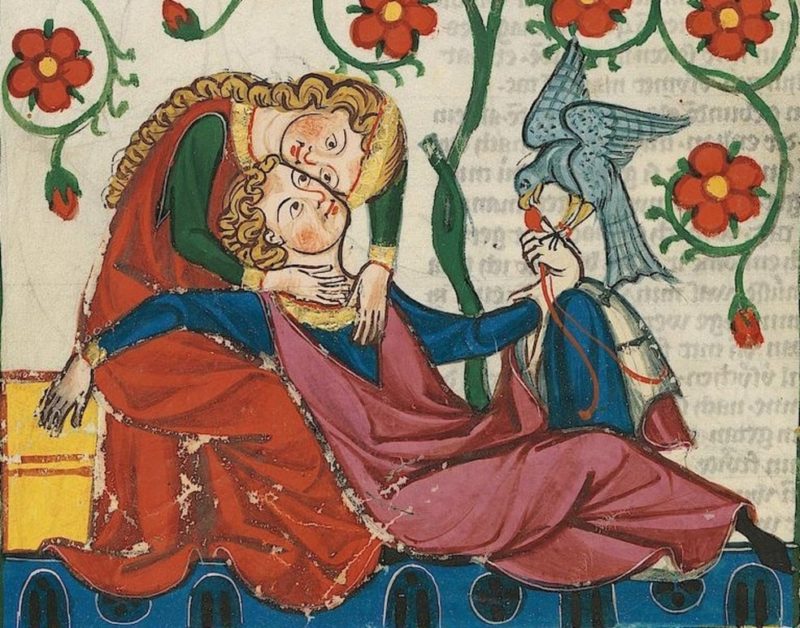
Ancient Texts Mentioned:
The Letters of Héloïse and Abelard
The Merchant’s Tale
Pyramus and Thisbē
Orpheus and Eurydice
Love Is Blind works like a Greek myth. Follow me: the story begins in 8 CE with a Greek poet named Ovid and his poem Pyramus and Thisbē. Pyramus and Thisbē are the original Western star-crossed lovers—forbidden to meet and thus fall in love via conversations had through a crack in the wall, never seeing one another, only their voices guiding and ensnaring their Two hearts into One. One day, Thisbē escapes and narrowly avoids death by lion; her fallen shroud remains behind. Pyramus finds the shroud and assumes Thisbē has died and, beset with grief, takes his life by his own sword. Thisbē returns for her shroud and finds her lover dead, kills herself, and kickstarts centuries of adaptations. The lesson: facing love is terrifying and yet we must pursue. I also think of Héloïse and Abelard, a nun and monk who are in love, who bear an illegitimate child they name Astrolabe after the cosmological mapping device (!) but who cannot be together because they agree marriage undermines the legitimacy of their love. Their care is instead expressed through a series of letters that expound philosophy, theology, feminism, and sex. For their indiscretion, Héloïse is transferred to a distant abbey and Abelard is castrated. Unmet love is about as fertile as a Benedictine eunuch.
The proverb “love at first sight” originates with Geoffrey Chaucer’s “The Merchant’s Tale.” The eponymous merchant says he knows all about marriage and suffering because he hates every second of his marriage. Therefore, he won’t bother with telling us about his marriage but another story, which happens to also be about marriage. He tells of a old bachelor knight named January. At age sixty, he asks his friends to find him a wife twenty-years-old or younger. The crux of the story rests on an argument between his friends on the pros and cons of marriage. Placebo tells January to marry a young wife, that a young wife will be more malleable to his wishes. Justinus, citing Seneca, argues that he should take a second to think this through, and at least choose a wife closer in age.

In the end, January marries May, who is in love with his squire Damian. As the years pass, January’s sight dwindles until he becomes blind. One day, May climbs a pear tree to have sex with Damian among the branches and, miraculously, January’s sight is returned just in the moment of penetration. But May convinces January that they are merely struggling, not fucking....
You have reached your article limit
Sign up for a digital subscription and continue reading all new issues, plus our entire archives, for just $1.50/month.
Already a subscriber? Sign in




